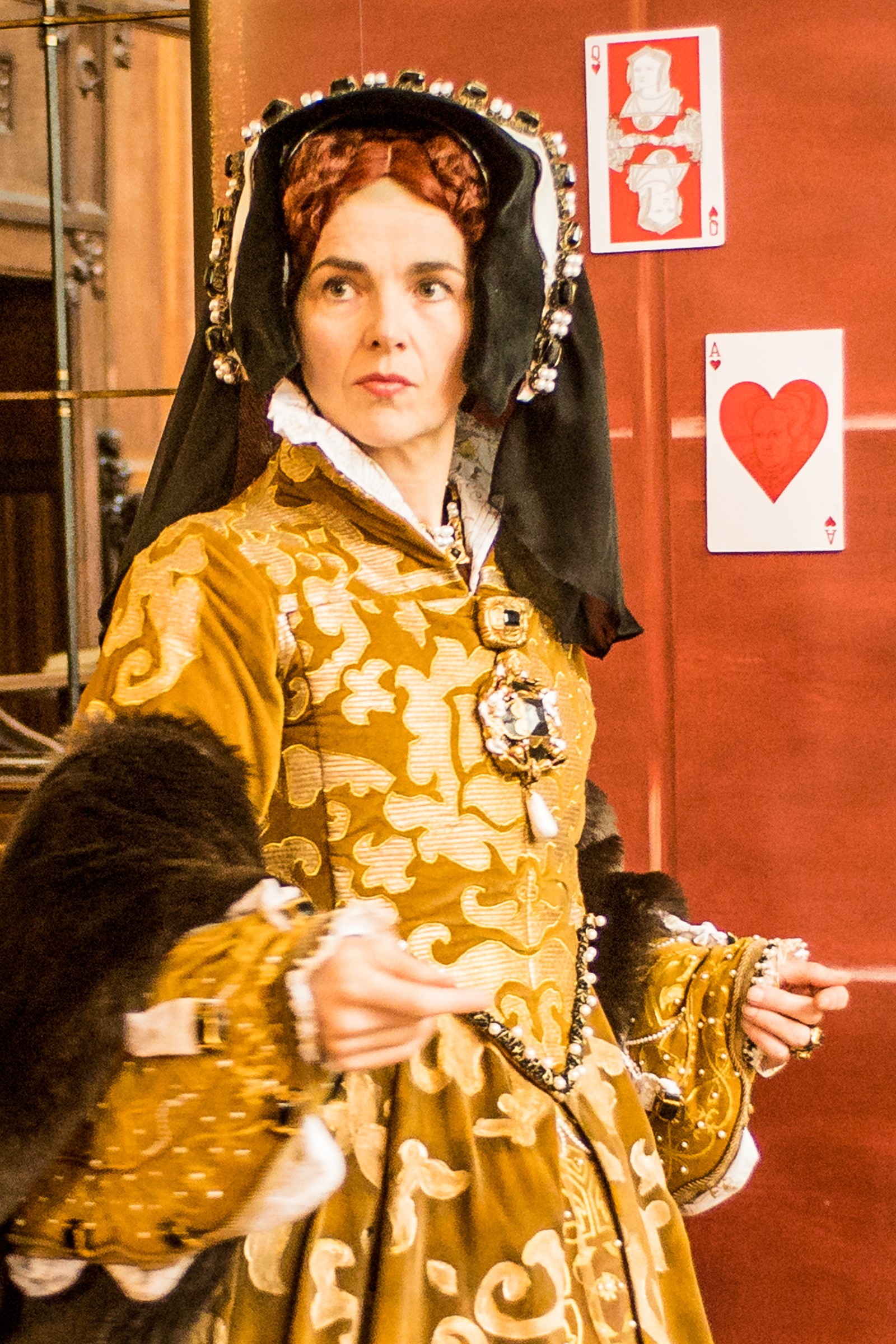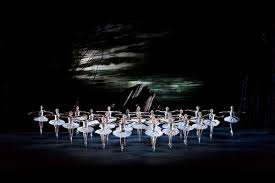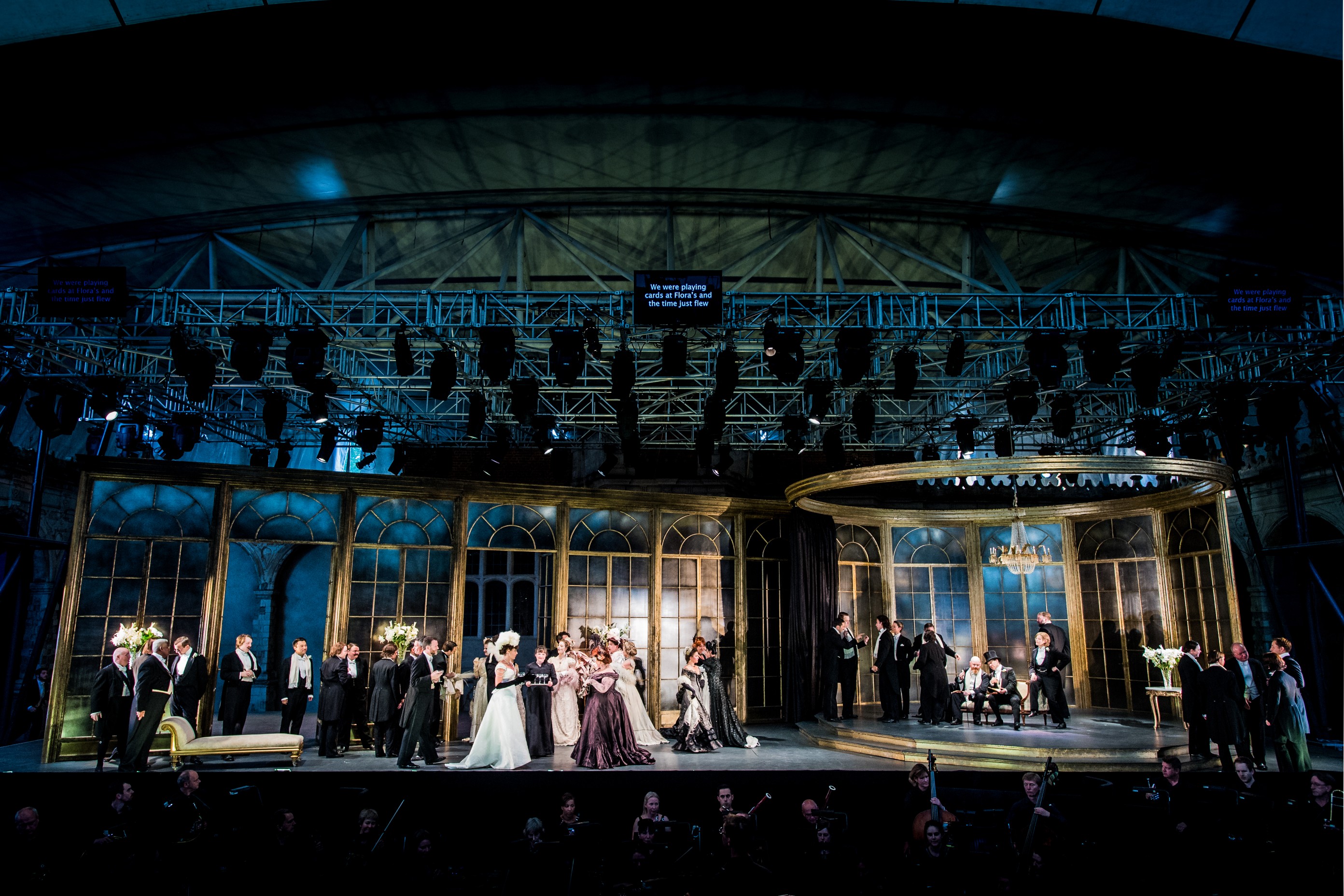Words by Di Sherlock & Music by Martin Bussey Mary’s Hand is a new music theatre project about the life and reign of Queen Mary I.
It’s a little-known fact that Queen Mary loved games of chance, such as dice and cards. In Mary’s Hand, the Queen shares a game of cards with the audience who get to choose the next card to be turned. Their choices prompt Mary’s reflection upon the influences and events in her life: her father Henry VIII, her mother Katherine of Aragon, her Catholic faith, her half-sister Elizabeth I, and her desperate desire for a child. Above all, Mary was driven by the wish to be a good monarch and her deep conviction that she needed to restore England to the Church of Rome. Her marriage to the Catholic Philip of Spain promised to resolve many of these issues at a stroke, but Mary had played her cards badly and paid a high public & personal price. With words by Di Sherlock and music by Martin Bussey, Mary’s Hand is a dramatic, involving retelling of Mary’s story, performed by solo mezzo-soprano Clare McCaldin and chamber ensemble.
Mary’s Hand will be performed on
21 June 2018 (7.30pm) at St. Mary’s Creative Space, St Mary’s Hill, Chester CH1 2DW
1 & 2 August 2018 (8.30pm) at Holy Cross Church, 98 Cromer St, Kings Cross, London WC1H 8JU as part of the Tête à Tête Opera Festival (#TaTFest18)
27 April 2019 (7.30pm) in the Music in Pinner Series



